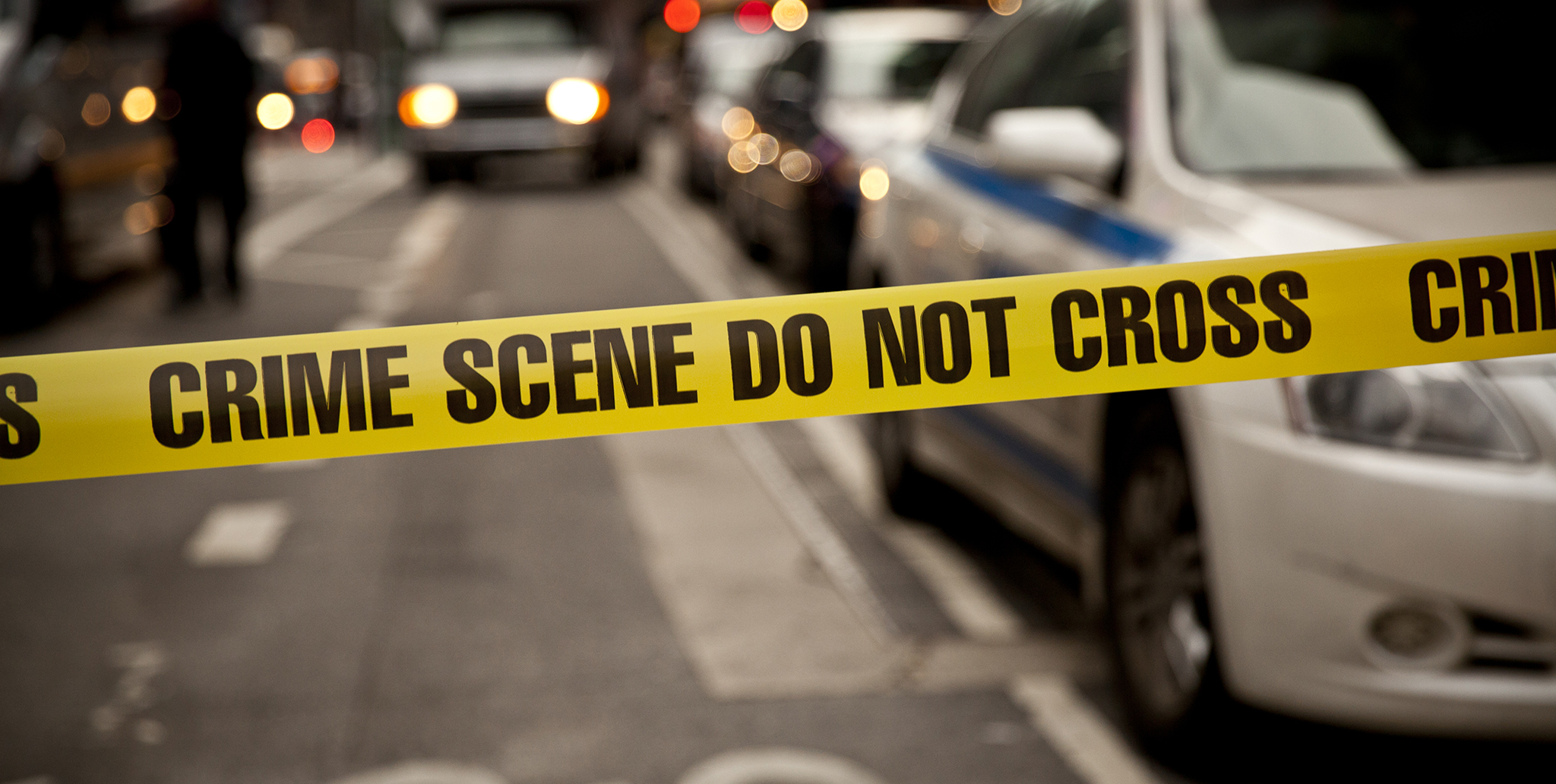URI’s Forensic Science seminar continues with James Cliff’s “Crime Scene Investigation.” PHOTO CREDIT: Stevenson.edu
James Clift, a Providence police detective, contrasted the perception of crime scene investigation on television shows and the news with real-life police work at the ninth installment of the Forensic Science Seminar Series during the spring 2022 semester.
The event, which happened virtually on April 15, was titled “Crime Scene Investigation” and discussed the intricacies of detective police jobs.
Jimmie Oxley, a professor of chemistry at URI, introduced Clift and his experience before he started his presentation.
She mentioned all of the types of court cases he’s testified on, such as federal, superior, district and municipal. He also has a bachelor’s degree in criminal justice from Rhode Island College and an MF in administrative justice from Salve Regina. Today, he’s an adjunct professor at RIC and Johnson and Wales while still working as a Providence policeman.
Clift said that news reports involving crime often show three theatrical elements: crime scene tape with cops standing around the area, flashing police lights and a CSI tech working the scene. While these aspects are accurate depictions, Clift said the element that is often incorrectly portrayed is time.
“There’s one really specific thing that definitely is something that is not the same as TV,” Clift said. “They’re fast. They only have 45 minutes for the TV show, they got to get those results right away and so they’ll go from the scene right to the laboratory. They’ll get that information before that night is over and for me, sometimes it takes days, weeks, months.”
Clift also mentioned the less glamorous parts involved in detective work, such as dumpster diving for evidence and working in unpredictable New England weather that ranges from extremely hot, extremely cold and everything in between.
“It doesn’t tend to be as glorified as it seems to be on TV, but it is something that I take a lot of pride in,” Clift said. “It takes a lot of experience and education and knowledge to be able to build up a good expertise about what you’re doing.”
He talked about the steps involved in becoming a crime scene investigator and the first step is becoming a police officer through police academy training. Officers then have to be in uniform for four years before they can take a test to become a detective in the Bureau of Criminal Identification (BCI) division.
“That test is very competitive,” said Clift. “We usually have 50 or 60 people that will take that test and usually they’re only looking for five positions.”
The test is specifically in forensics, according to Clift and involves intensive studying of different aspects of crime scene documentation, such as DNA, photography and fingerprints.
He said the five chosen individuals are then promoted to BCI and go through a one-year program for basic training before they go into the field.
Clift shared his advice on succeeding as an investigator, which includes being motivated, constantly training, gaining experience, having an organized and systematic attitude, being able to multitask and being goal-oriented.
He said that one of the most important things to keep in mind is that investigative work differs from police work in its purpose.
“Our purpose is really learning all these things, who, what, when, where and why,” Clift said. “We’re trying to figure these things out.”
Clift said the best way to find answers to these questions is to step into the scene with a non-biased point of view.
He said this is especially true with eyewitness and victim accounts. It’s important to be empathetic and understanding when talking to people involved in the incident but not to draw any premature conclusions because you can never know their true intentions.
“I’m going to collect information,” Clift said. “I’m going to listen to what people are telling me that might have happened or what they might have saw, but I’m not going to take it at face value until I make my observations of what I see there.”
Observation is the most basic aspect of crime scene processing, so Clift said that recording the scene with notes, sketches and photography is crucial.
After observation comes collecting physical evidence such as fingerprints, biological evidence like DNA, trace evidence like hair or fibers, impression evidence like shoe marks and firearm evidence like bullets or cartridge cases.
Clift then showed multiple case study example images and explained the significant observations and evidence in each case and how an investigator’s training and experience would allow them to look for evidence and leads in ways that a regular person might not notice.
He said that although cases differ, the goal is always the same; to provide investigators and courts with information to identify and hold guilty perpetrators accountable for their crimes.

